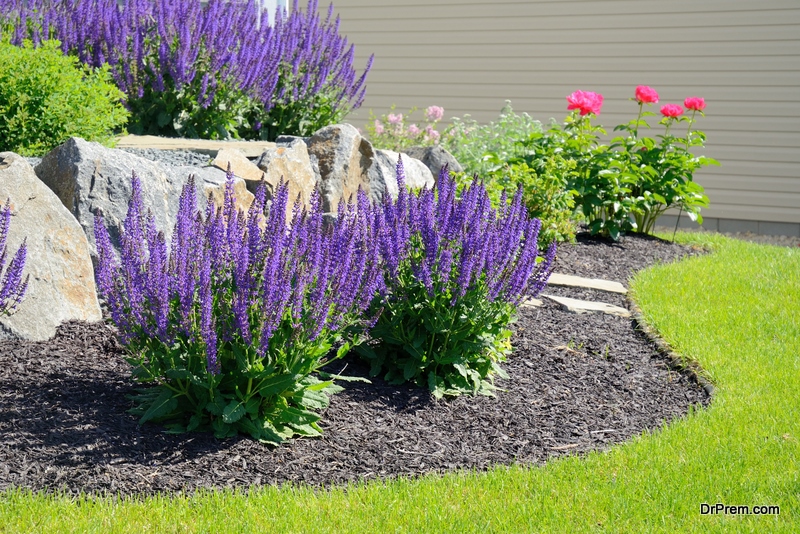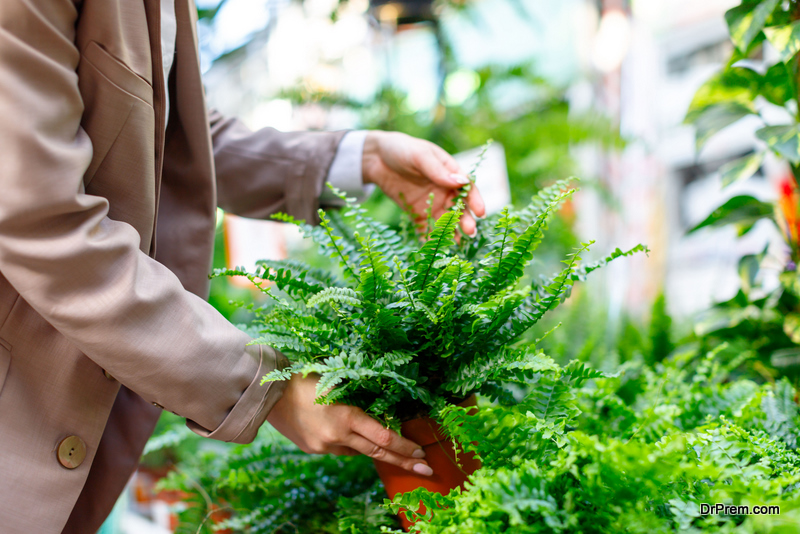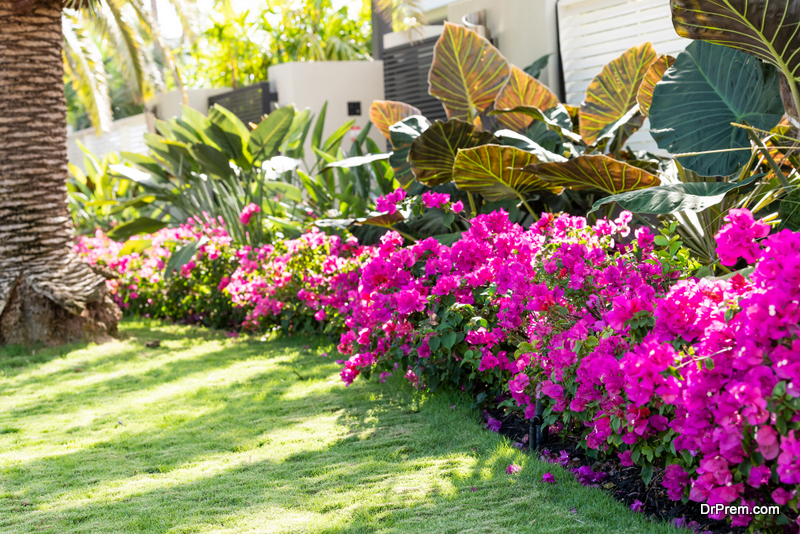Having a healthy bird population in your backyard has a lot of benefits. It will help control insect pests that might suck your blood or plague your garden. For example, a swallow can eat around 60 insects per hour or more, making them a great associate for outdoor dinner parties.
Another example would be chickadees and bluebirds. They both like to feast on beetles, flies, caterpillars, and more, which is really helpful if you have a vegetable garden. For these reasons alone, it would be best to consider wild birds or local birds when updating or planning your backyard landscape.
However, attracting different types of birds into your backyard does not just start and end with filling a birdbath or adding several bird feeders. To make your landscape more bird-friendly, it will help if you carry out all of the wild bird’s basic needs. This includes food, water, shelter, and even nesting sites.
Bird-Friendly Landscape Tips
 In creating a bird-friendly landscape, your goal should be to mimic nature’s beauty and resiliency to captivate birds. This is called naturescaping. With that said, here are some tips you should know about when it comes to naturescaping and attracting birds:
In creating a bird-friendly landscape, your goal should be to mimic nature’s beauty and resiliency to captivate birds. This is called naturescaping. With that said, here are some tips you should know about when it comes to naturescaping and attracting birds:
Get To Know The Ground
Considering your local conditions in planning for your landscape is a good step towards making a simple yet effective bird-friendly backyard. However, what are your local conditions? To begin getting to know your situation, it will help if you create a map.
Your map should include all of the shrubs, trees, and landscape features. Mark out the areas with partial sun, full sun, partial shade, or full shade. Next, identify wet or low areas as well as better-drained slopes. This needs to be done to place the right plant in the right place where it needs to be.
Research Plants That Best Suits Your Yard
 You can opt to look around for natural areas nearby with a similar amount of moisture, light, and soil types that you have. See what types of plants are growing and what birds are around. It would be best if you aim for a wide diversity of plants so that your garden will attract a diversity of birds a well.
You can opt to look around for natural areas nearby with a similar amount of moisture, light, and soil types that you have. See what types of plants are growing and what birds are around. It would be best if you aim for a wide diversity of plants so that your garden will attract a diversity of birds a well.
Native Species Are Best
Native plants are also a great option since these are the types of plants birds are most familiar with. Native landscaping uses regional and local shrubs, trees, grasses, and flowers. These are the same plants that birds consider as appropriate shelter and rich food sources.
Exotic plants can be a beautiful addition to your landscape. However, if the birds don’t like these plants, they will not be attracted to them or your garden. Moreover, native landscaping is also advantageous since those types of plants have already adapted to the local climate.
Consider Plants with Berries, Flowers, or Seeds
 Several flowers turn into a winter food source for birds. They often provide seed-heads ripe with seasonal bounty. Before you opt to deadhead your plants, don’t forget to leave the seeds for the birds to eat.
Several flowers turn into a winter food source for birds. They often provide seed-heads ripe with seasonal bounty. Before you opt to deadhead your plants, don’t forget to leave the seeds for the birds to eat.
Similarly, if you opt to plant berry bushes that retain fruit into the winter, birds will be happy with them. Below are some plants with delicious berries:
- Wild roses;
- Winterberry holly;
- Pin or chokecherries;
- Oregon grape;
- High bush cranberry;
- Evergreen huckleberry;
- Salal;
- Saskatoon berry;
- Blueberries;
- Pacific dogwood;
- Crab apples;
- Russian olive;
- Tatarian dogwood;
- Domestic cherry trees;
- Nannyberry
- American bittersweet grapes;
- Cotoneaster;
- Firethorn;
- Amur privet;
- Multiflora rose.
Don’t Forget About Hummingbirds
In case you have any hummingbirds in your area, it would be best to plant flowers that can offer life-giving nectar. You can also opt to install a live camera to watch how glorious these birds are.
Following the blooming season of salmonberries and red flowering currants, the Rufous hummingbird flies back to the Pacific Northwest. Later on, the fireweed, mountain meadow flowers, and the wild crab apple will come into bloom. All of these plants can be a great addition to your landscape.
Honeysuckles, elderberries, red columbines, and bleeding hearts are also popular nectar-giving flowers. However, in most cases, hummingbirds find red and pink tubular flowers to be more attractive.
Also, trees and dense thickets near water will captivate hummingbirds to nest. Remember, hummingbirds are excellent insect eaters. This means they are beneficial to have around your garden or backyard.
Here are the flowers that attract hummingbirds:
- Red flowering currant;
- Wild crab apple;
- Salmonberry;
- Fireweed;
- Red columbines;
- Trumpet creeper;
- Spotted jewelweed.
- Cardinal flower;
- Fuschia;
- Daylilies
- Trumpet vine;
- Coral bells;
- Scarlet runner beans;
- Butterfly bush;
- Bee balm;
- Agastache;
- Lupines;
- Phlox;
- Penstemon lobelia;
- Flowering quince;
- Salvia;
- Clematis;
Reduce Open Areas
 One of the most vital factors for attracting birds is having a variety of plants in thick layers. In connection to this, it would be best to reduce the grassy, open spaces you have. These open areas offer no shelter for birds and have the least food source.
One of the most vital factors for attracting birds is having a variety of plants in thick layers. In connection to this, it would be best to reduce the grassy, open spaces you have. These open areas offer no shelter for birds and have the least food source.
To reduce open areas, you can choose to widen flower beds, add shrubs instead of grass, and plant more trees. By doing so, you will not only be rewarded with a lot of birds, but you will also have less need to trim and mow the grass.
Save Your Trees
It will take a lot of time to grow a tree. However, it is worth it. They are vital to many birds for food, perching, roosting, nesting, and as shelter from predators. Moreover, trees also provide shade.
If you find an unstable tree in your yard, consider alternatives to removing it completely. Moreover, leaving some wildlife trees or snags can offer homes for different types of birds. Owls and hawks might also perch on these trees. They can even help clean up your rodent population, if there are any.
Any trees that are required to be removed can be partially cut closer to the ground. It can then be planted with a non-invasive vine. You can also opt to do spiral pruning to allow a little bit of light into the yard or remove rotten branches.
Final Thoughts
Creating an eco-friendly landscape to attract more birds isn’t just for the eyes. Yes, naturescaping and seeing a wide variety of birds in your yard is great. However, there is more to it than that. It also offers a lot of benefits, which include getting rid of unwanted pests that might harm your family or damage your garden.
Article Submitted By Community Writer




